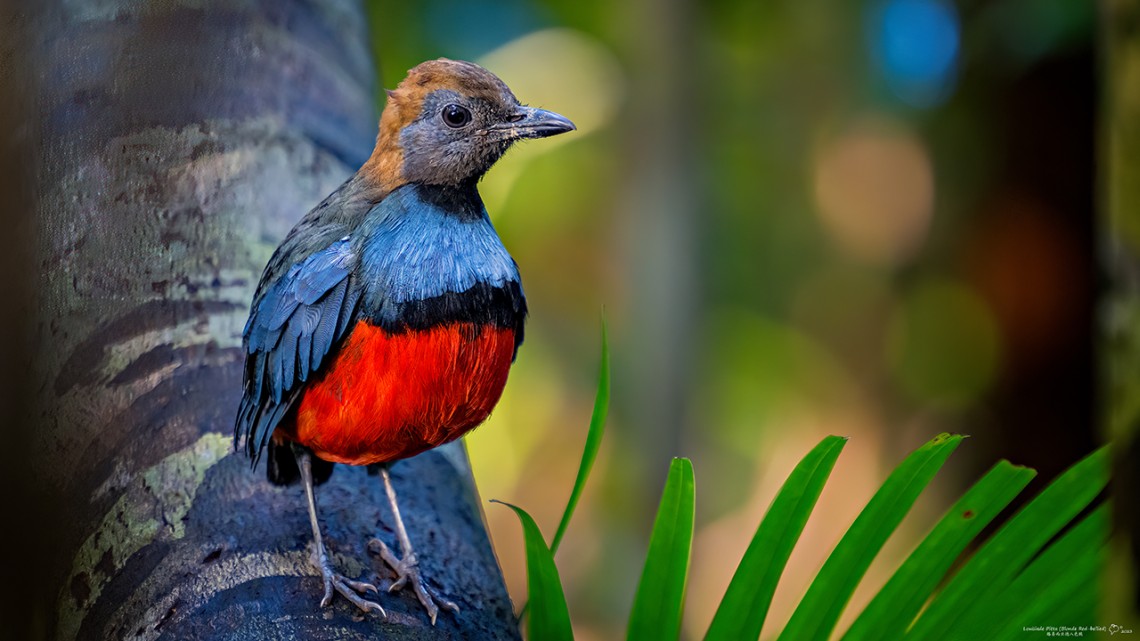A team of scientists has unveiled the first comprehensive catalog of birds that have not been sighted in over a decade, utilizing data primarily from the Macaulay Library at the Cornell Lab of Ornithology. Published in the journal Frontiers in Ecology and the Environment, their study outlines the methods used to compile a global list of these “lost” birds.
Lead author Cameron Rutt, formerly with the American Bird Conservancy, highlighted the importance of the Macaulay Library as a repository of bird media, crucial for identifying species without recent visual or auditory documentation. Alongside the Macaulay Library, data from platforms like iNaturalist and xeno-canto were employed to verify the absence of media records for these birds over the past decade or more.
The initiative, known as the Search for Lost Birds, is a collaborative effort involving the American Bird Conservancy, Re, and BirdLife International. Its primary goal is to periodically review and update this list to capture species approaching the 10-year mark without any documented media.
The study amassed an impressive collection of 42 million photographs, videos, and audio recordings, with over 33 million sourced from the Macaulay Library alone. From these records, 144 bird species, constituting approximately 1.2% of all known bird species, were identified as “lost” due to the absence of recent media documentation.
Although the project has already led to the rediscovery of some lost species, such as the black-naped pheasant-pigeon in Papua New Guinea after over a century, the majority of the 126 species currently listed remain critically threatened with extinction.
Co-author Eliot Miller, formerly at the Cornell Lab, emphasized the study’s dual purpose: assessing the reliability of public media databases in documenting species absence and prioritizing conservation efforts for these lost birds.
Geographically, most undocumented species are concentrated in Asia, Africa, and the remote islands of Oceania. In regions like these, the sheer remoteness of habitats may explain why some species have not been encountered again since their initial sightings.
Reflecting on the study, Miller highlighted the plight of bird species related to whimbrels and curlews, noting their vulnerability to human impacts and the challenges they face in adapting to changing environments.
Moving forward, the project intends to leverage local knowledge and fund expeditions to search for and assess the conservation status of these lost species, including iconic birds like the Himalayan quail, Itombwe nightjar, Jerdon’s courser, and Bates’s weaver in Cameroon.
As Rutt concluded, the ongoing efforts in the coming years will be crucial in determining the survival prospects of these birds and ensuring their persistence in the face of mounting threats.
